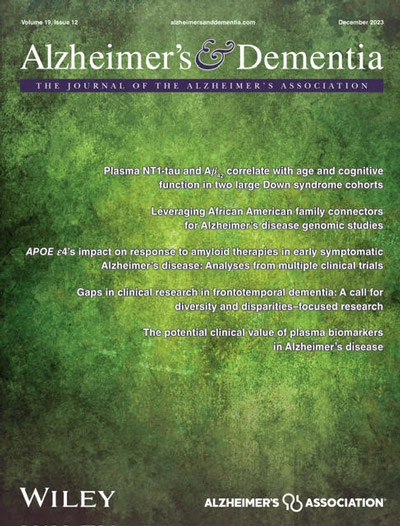Cut-points and gray zones: The challenges of integrating Alzheimer's disease plasma biomarkers into clinical practice
Abstract
Plasma biomarkers for Alzheimer's disease (AD), such as plasma phosphorylated (p)-tau217, offer a more accessible means of testing for the presence of AD pathology compared to cerebrospinal fluid (CSF) or positron emission tomography (PET) methods. They can support diagnostic assessment and determine patient eligibility for treatment with amyloid beta–lowering drugs in community settings where access to CSF examination and amyloid-PET are limited. However, there are important challenges associated with interpreting and integrating plasma biomarker results in clinical practice. This article explores different approaches to interpreting plasma biomarker results in secondary care, important potential sources of uncertainty, and considerations for their clinical application.
Highlights
- Plasma biomarkers such as phosphorylated tau-217 (p-tau217) offer a promising, accessible alternative to cerebrospinal fluid (CSF) and positron emission tomography (PET) for detecting Alzheimer's disease pathology, especially in settings with limited diagnostic resources.
- Clinical integration of plasma biomarker testing presents challenges, particularly in interpreting results. This includes uncertainties around intermediate results and their role in patient management.
- Clear frameworks and guidelines are essential to optimize the use of plasma biomarkers, supported by further research and education to ensure effective application in clinical practice.


 求助内容:
求助内容: 应助结果提醒方式:
应助结果提醒方式:


